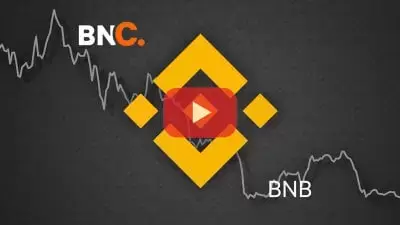 |
|
 |
|
 |
|
 |
|
 |
|
 |
|
 |
|
 |
|
 |
|
 |
|
 |
|
 |
|
 |
|
 |
|
 |
|
Cryptocurrency News Articles
Bitcoin Mayer Multiple Z-Score Is Still Under Its Mean
May 20, 2025 at 11:00 am
A quant has pointed out how the Mayer Multiple could suggest Bitcoin is still not overheated at $103,000 when compared to past trend.

A quant has pointed out how the Mayer Multiple could suggest Bitcoin is still not overheated at $103,000 when compared to past trends.
Bitcoin Mayer Multiple Z-Score Is Still Under Its Mean
As shared by the analyst on X, the Bitcoin Mayer Multiple Z-Score is still in negative territory. The zero level corresponds to the all-time mean of the indicator. As such, a negative value like the current one suggests the metric is less than the average over history.
According to the quant, 53% of all days have seen the ratio be greater than the latest level.
"Perhaps surprisingly given the price, BTC remains relatively "cool" at $103,000. Only 53% of days have seen the ratio be greater than the current level (i.e., the Z-Score is less than zero). It might feel hot, but relatively speaking it’s not yet that warm, at least in the context of the full market cycle."
The Mayer Multiple is an indicator that follows the ratio between the Bitcoin price and its 200-day moving average (MA). The 200-day MA is a level that’s generally considered as an important boundary between macro bullish and bearish trends in the coin, so it can be useful to know how far the asset is from this line.
The chart below shows the price movements of Bitcoin and the 200-day MA over the last few years. As is visible in the top graph, the cryptocurrency's price touched the 200-day MA during the earlier market downturn, but with the latest recovery run, it has broken back above the line. However, it would seem that the asset hasn's gains over the level aren't too large yet, at least in historical context.
As the bottom graph shows, the Mayer Multiple Z-Score is still in negative territory. The zero level corresponds to the all-time mean of the indicator. As such, a negative value like the current one suggests the Multiple is less than the average over history.
The Z-Score is an oscillator that keeps track of how much deviation an indicator has from its mean value. In the case of the Mayer Multiple Z-Score, a reading of -1 or less than -1 would imply that the Multiple is at least one standard deviation below its mean.
The chart shared by the quant shows the Z-Score is at around -0.5, which corresponds to a smaller deviation from the average.
In the current cycle, the Multiple has been greater than its mean on a few occasions already, with the largest separation occurring in the rally from Q1 2024, where the Z-Score surged above the level corresponding to a standard deviation of 1. However, it seems the indicator never reached a deviation of two standard deviations from the mean in this cycle yet.
During the bull run from the first half of 2021, the indicator saw even greater heating, briefly exceeding a standard deviation of three from the mean, levels that weren't reached in the previous cycle. It now remains to be seen whether the indicator would heat up to similar levels in this cycle as well or not.
Disclaimer:info@kdj.com
The information provided is not trading advice. kdj.com does not assume any responsibility for any investments made based on the information provided in this article. Cryptocurrencies are highly volatile and it is highly recommended that you invest with caution after thorough research!
If you believe that the content used on this website infringes your copyright, please contact us immediately (info@kdj.com) and we will delete it promptly.




























































